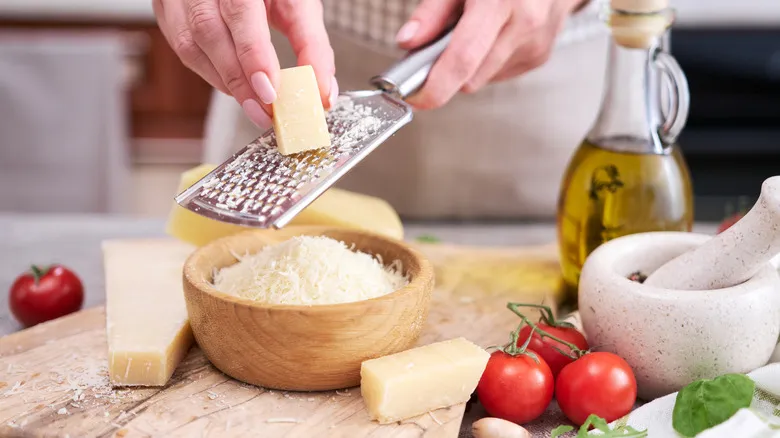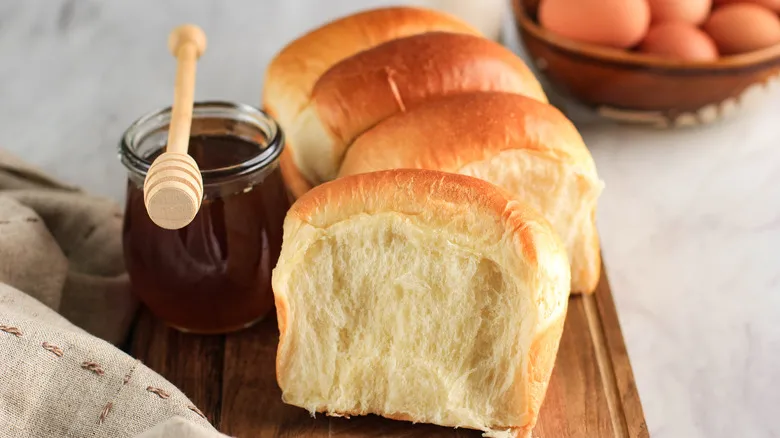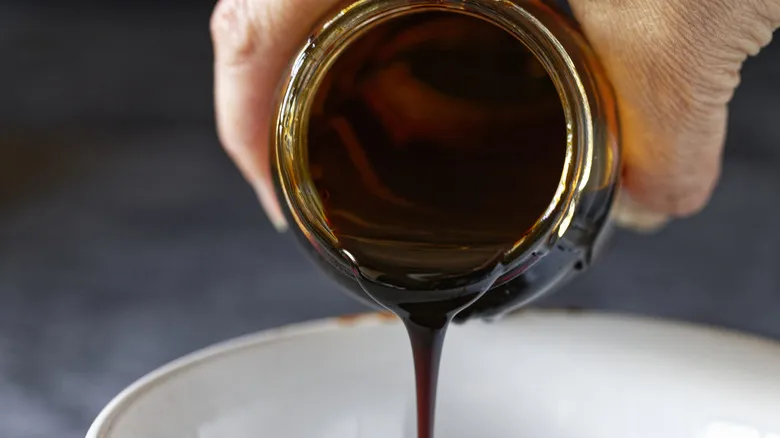Thicken Alfredo sauce with grated cheese

Cream-based sauces can be tricky right from the beginning—especially when you swap heavy cream for a lower-fat alternative that’s more prone to curdling. If you're having trouble thickening a runny Alfredo sauce, and adding a bit of starchy pasta water and some patience hasn’t done the trick, you may need to take further action. Instead of adding new ingredients that could create more issues, Chef Mirabile recommends utilizing cheese, which is already part of the sauce.
"When I teach my cooking classes, I always tell my students that Parmesan Reggiano and grated pecorino Romano are my top choices for thickening sauces," he stated. Since Parmesan is a key ingredient in Alfredo sauce, adding more of it to the pan is a reliable method to thicken the rich mixture until you reach your desired texture. However, if you're low on Parmesan or want to add a fresh, grassy flavor, pecorino Romano—commonly used in cacio e pepe and made from sheep's milk—is also an excellent thickening option for the creamy sauce.
Both cheeses are relatively dry and can take time to melt, so grating them can help them blend more easily into the Alfredo sauce. Chef Mirabile suggests using a microplane, which effectively turns the cheese into a fine powder. Grated cheese can also allow you to remove the sauce from the heat sooner, preventing it from breaking, aiding in thickening, and ensuring you can enjoy your delicious pasta as soon as possible.
Why cheese is the best way to thicken Alfredo sauce

Throughout the internet, there are numerous recommendations for thickening a cream-based sauce, ranging from reducing it over heat to incorporating starch to soak up excess liquid. However, Chef Mirabile's advice on using cheese stands out as the most effective solution for several reasons. Not only is it incredibly simple to mix in grated cheese to a thin Alfredo sauce, but by utilizing an ingredient that is already part of the sauce, you maintain its original flavor profile. Additionally, who can resist a dish that is even richer and cheesier, especially when paired with pasta that complements cream sauce? Adding a bit more Parmesan or pecorino won't jeopardize the sauce's consistency, unlike some other thickening techniques.
Common methods for thickening Alfredo sauce with starch include cornstarch or flour slurries, but these approaches have their drawbacks, which is why some, including Chef Mirabile, advise against them. "I would never use cornstarch, arrowroot, or flour," he shared with Chowhound. After all, excessive cornstarch or raw flour can alter the flavor or texture of a pasta sauce. If added in excess, not mixed properly, or left uncooked (in the case of flour), the starches can create a grainy or lumpy texture. Moreover, if overcooked, the starches may lose their thickening ability—an issue you can avoid by opting for the simpler, chef-approved method of adding more cheese.
Recommended

Why Japanese Milk Bread Is The Perfect Choice For French Toast

13 Tasty Ways To Upgrade Wendy's Chili

2 Easy Ingredient Swaps For Molasses In A Recipe

5 Fancy Potato Side Dishes You Should Stop Overlooking
Next up

